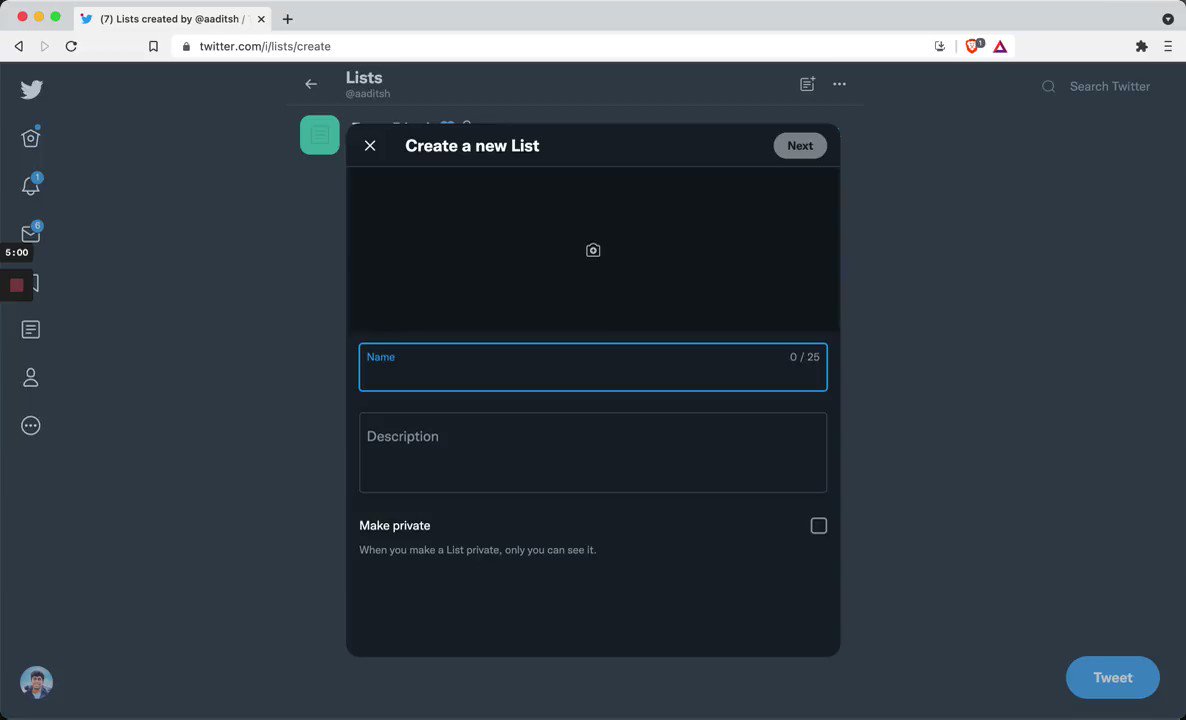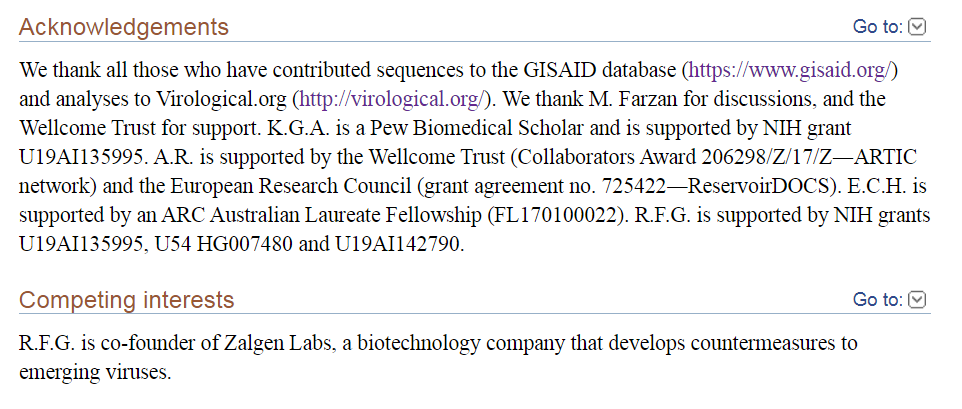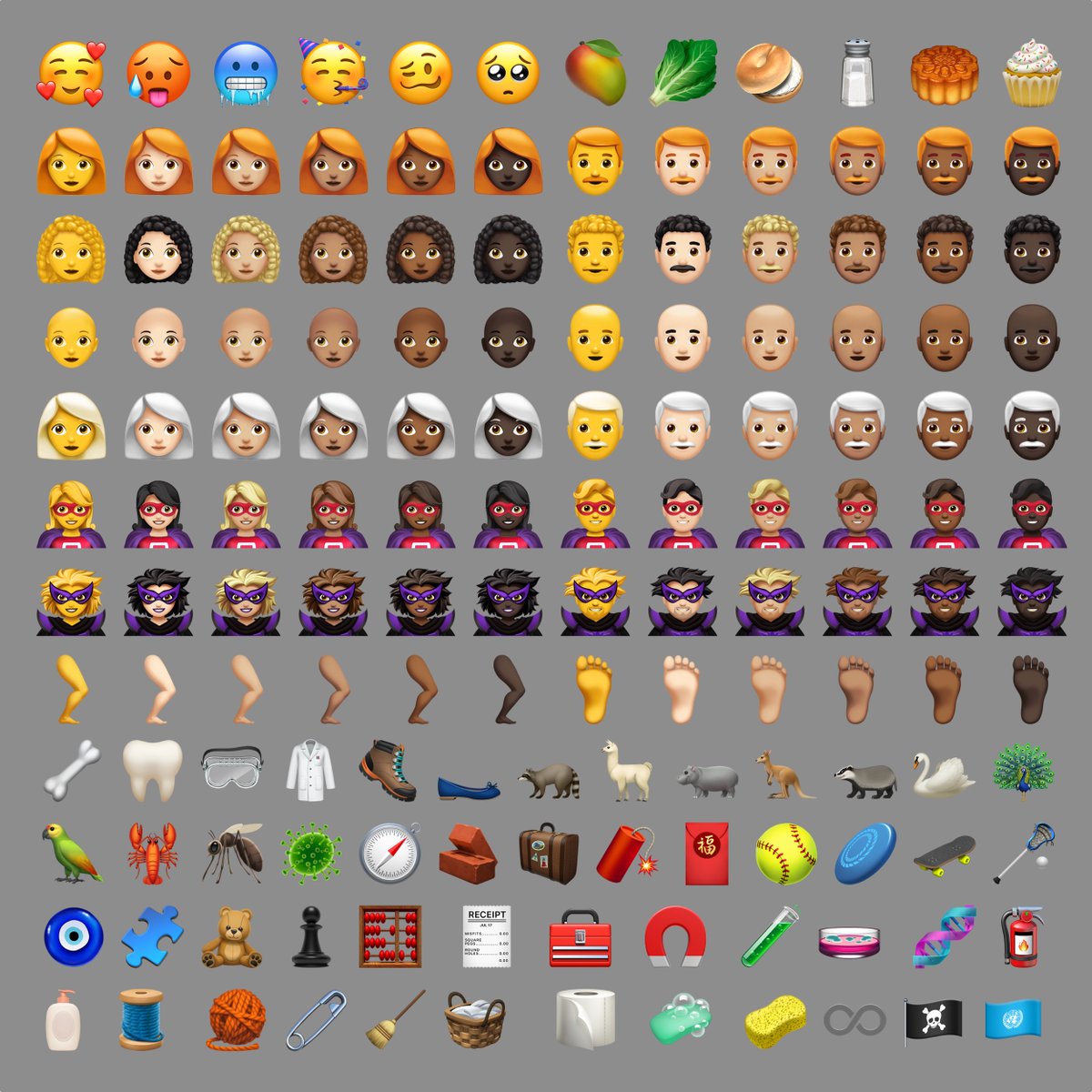Twitter is geared to try and serve content they think you like, not content that will create a positive impact for you.
To protect your attention:
• Use Twitter Lists
• Block Trending Topics
• Regularly Mute Conversations



You're not using one of Twitter's killer features for growth.
— Blake Emal (@heyblake) June 21, 2021
You need a Twitter SEO strategy.
Here are 7 steps to grow using Topics: pic.twitter.com/agQj7LM9Wb
The most underutilized Twitter feature: advanced search.
— Dickie Bush \U0001f6a2 (@dickiebush) March 30, 2021
It blows my mind how few people know this.
Want to find someone's best tweets?
In the search bar, type:
from:dickiebush min_faves:500
Replace the handle and the number of likes as you see fit.


Twitter threads are the new blogs.
— Alex Garcia \U0001f50d (@alexgarcia_atx) May 6, 2021
Over the last 5 weeks, I've 32x my Twitter following posting a thread a day.
These 15 learnings will help your threads go viral \U0001f9f5

17% of users who visited my profile last month followed me.
— Blake Emal (@heyblake) June 14, 2021
That rate used to be under 1%.
How? I made my bio better.
Here are 30+ frameworks to help your bio convert more followers:
How to grow on Twitter:
— Aprilynne Alter (@AprilynneA) June 14, 2021
1) Find popular accounts in your niche w/2000+ followers
2) Identify people w/<700 followers who engage often in the replies section
3) Follow those people & engage w/their tweets
4) If they engage back, send them a DM
5) Repeat steps 2-5
You're welcome

Our Hans Kristian Andersen working with Jens H. Kuhn, Sina Bavari, Robert F. Garry, Stuart T. Nichol,Gustavo Palacios, Sheli R. Radoshitzky from USAMRIID and Fort Detrick to tell more fairy tales? Full emails listed for queries...https://t.co/kLRoQTxiGD pic.twitter.com/uHNuGraPP2
— Billy Bostickson \U0001f3f4\U0001f441&\U0001f441 \U0001f193 (@BillyBostickson) August 26, 2020




